The jargon word you need to look up is "serialization".
It is an interesting problem over a serial connection which might have restrictions on what characters can go end to end, and might not be able to pass eight bits per character either.
Restrictions on certain character codes are fairly common. Here's a few off the cuff:
If software flow control is in use, then conventionally the control characters DC1 and DC3 (Ctrl-Q and Ctrl-S, also sometimes called XON and XOFF) cannot be transmitted as data because they are sent to start and stop the sender at the other end of the cable.
On some devices, NUL and/or DEL characters (0x00 and 0x7F) may simply vanish from the receiver's FIFO.
If the receiver is a Unix tty, and the termio modes are not set correctly, then the character Ctrl-D (EOT or 0x04) can cause the tty driver to signal an end-of-file to the process that has the tty open.
A serial connection is usually configurable for byte width and possible inclusion of a parity bit. Some connections will require that a 7-bit byte with a parity are used, rather than an 8-bit byte. It is even possible for connection to (seriously old) legacy hardware to configure many serial ports for 5-bit and 6-bit bytes. If less than 8-bits are available per byte, then a more complicated protocol is required to handle binary data.
ASCII85 is a popular technique for working around both 7-bit data and restrictions on control characters. It is a convention for re-writing binary data using only 85 carefully chosen ASCII character codes.
In addition, you certainly have to worry about byte order between sender and receiver. You might also have to worry about floating point format, since not every system uses IEEE-754 floating point.
The bottom line is that often enough choosing a pure ASCII protocol is the better answer. It has the advantage that it can be understood by a human, and is much more resistant to issues with the serial connection. Unless you are sending gobs of floating point data, then inefficiency of representation may be outweighed by ease of implementation.
Just be liberal in what you accept, and conservative about what you emit.
